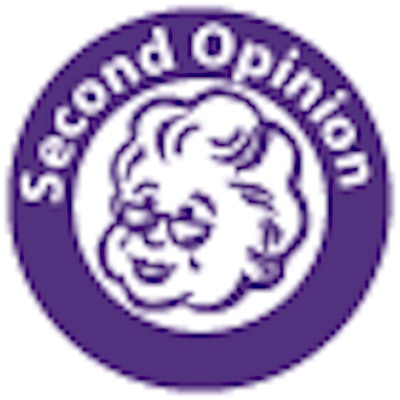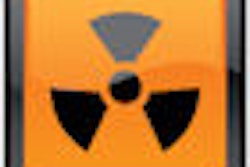
Policymakers are increasingly focusing on outpatient medical imaging, which has been the target of recent attacks. The latest bill from the U.S. Senate, which was released by Sen. Harry Reid (D-NV) late Wednesday night, was no exception.
A review of the reportedly $849 billion Patient Protection and Affordable Care Act revealed language that directly affects providers of advanced diagnostic imaging services. While most of the changes to current policy were expected, their impact is still unsettling.
Utilization is one part of the Medicare payment formula that determines technical reimbursement for imaging services. The equipment utilization rate represents an assumption by the U.S. Centers for Medicare and Medicaid Services (CMS) regarding the amount of time imaging equipment is in use in outpatient settings. A higher utilization-rate estimate results in a lower Medicare payment.
As expected, the Senate bill would increase the imaging utilization rate for all diagnostic equipment with an acquisition cost greater than $1 million from the current 50% to 65% beginning January 1, 2010. The Senate bill is unique in that it makes provisions to increase the utilization rate in the future -- to 70% -- beginning January 1, 2013, and to 75% after January 1, 2014. These rates are more favorable than the House of Representatives' latest healthcare bill, which ups the utilization rate to 75% beginning January 1, 2010.
The Senate bill also includes language that would reduce payments for imaging of consecutive body parts during a single imaging session by increasing the technical component "discount" from 25% to 50% beginning July 1, 2010. This provision heeds a 2005 recommendation by the Medicare Payment Advisory Commission (MedPAC) to reduce payment on contiguous body parts because the resources needed to accomplish such tasks are also reduced.
As written, the proposed Senate bill would not affect lower-cost imaging services such as ultrasound, but it could affect office-based MRI, CT, nuclear medicine, and PET. These changes could significantly affect profit margins for imaging centers that rely on Medicare reimbursement.
Difficult path ahead
The Senate bill's first hurdle is expected Saturday, with a procedural vote required to begin debate on the bill. Republican leaders have vowed to utilize all of the weapons in their arsenal to block the bill from advancing. Opponents of the Senate bill may also have time on their side as Reid must secure 60 votes before the Senate takes a break next week for the Thanksgiving holiday.
The Senate could approve the bill with a majority vote, but legislation in the Senate can be stalled by a filibuster unless a three-fifths majority votes to invoke cloture. An alternative to a three-fifths majority would be to use the budget reconciliation process. Under the reconciliation process, filibusters can be avoided, allowing a simple majority vote to approve legislation.
Reid has previously indicated he would be open to using all available options, but the reconciliation process has tougher budget rules, and items unrelated to the budget could be stripped. At a rally with supporters on Thursday, Reid rejected the notion of using reconciliation, commenting "I'm not using reconciliation."
Even if the stars align and Reid manages to round up the required 60 votes to bring the bill to the Senate floor for debate, and the Senate approves the legislation, the Senate still has to merge its version of the bill with the House's $1.1 trillion measure. Both chambers would then have to pass a revised measure before sending it to President Obama to be signed into law. So while Reid claims "the finish line is in sight," there is little margin to stumble.
By Sally Inman
AuntMinnie.com contributing writer
November 20, 2009
Sally Inman is an analyst at VMG Health of Dallas, a firm that specializes in the valuation of healthcare entities. She can be reached at [email protected].
Related Reading
Reid unveils broad Senate healthcare plan, November 19, 2009
Bundled payments a way to cut U.S. health costs: study, November 13, 2009
Special Report: Are doctors what ails U.S. healthcare? November 10, 2009
Healthcare bill faces tough path in Senate, November 9, 2009
U.S. House unveils $894 billion healthcare bill, October 30, 2009
Copyright © 2009 AuntMinnie.com



















